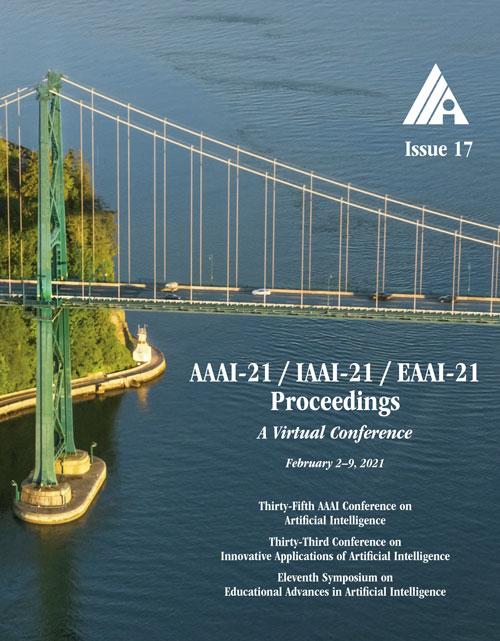Shape-based Feature Engineering for Solar Flare Prediction
DOI:
https://doi.org/10.1609/aaai.v35i17.17795Keywords:
Solar Flare Prediction, Computational Topology, Computational Geometry, Machine LearningAbstract
Solar flares are caused by magnetic eruptions in active regions (ARs) on the surface of the sun. These events can have significant impacts on human activity, many of which can be mitigated with enough advance warning from good forecasts. To date, machine learning-based flare-prediction methods have employed physics-based attributes of the AR images as features; more recently, there has been some work that uses features deduced automatically by deep learning methods (such as convolutional neural networks). We describe a suite of novel shape-based features extracted from magnetogram images of the Sun using the tools of computational topology and computational geometry. We evaluate these features in the context of a multi-layer perceptron (MLP) neural network and compare their performance against the traditional physics-based attributes. We show that these abstract shape-based features outperform the features chosen by the human experts, and that a combination of the two feature sets improves the forecasting capability even further.Downloads
Published
2021-05-18
How to Cite
Deshmukh, V., Berger, T., Meiss, J., & Bradley, E. (2021). Shape-based Feature Engineering for Solar Flare Prediction. Proceedings of the AAAI Conference on Artificial Intelligence, 35(17), 15293-15300. https://doi.org/10.1609/aaai.v35i17.17795
Issue
Section
IAAI Technical Track on Emerging Applications of AI

